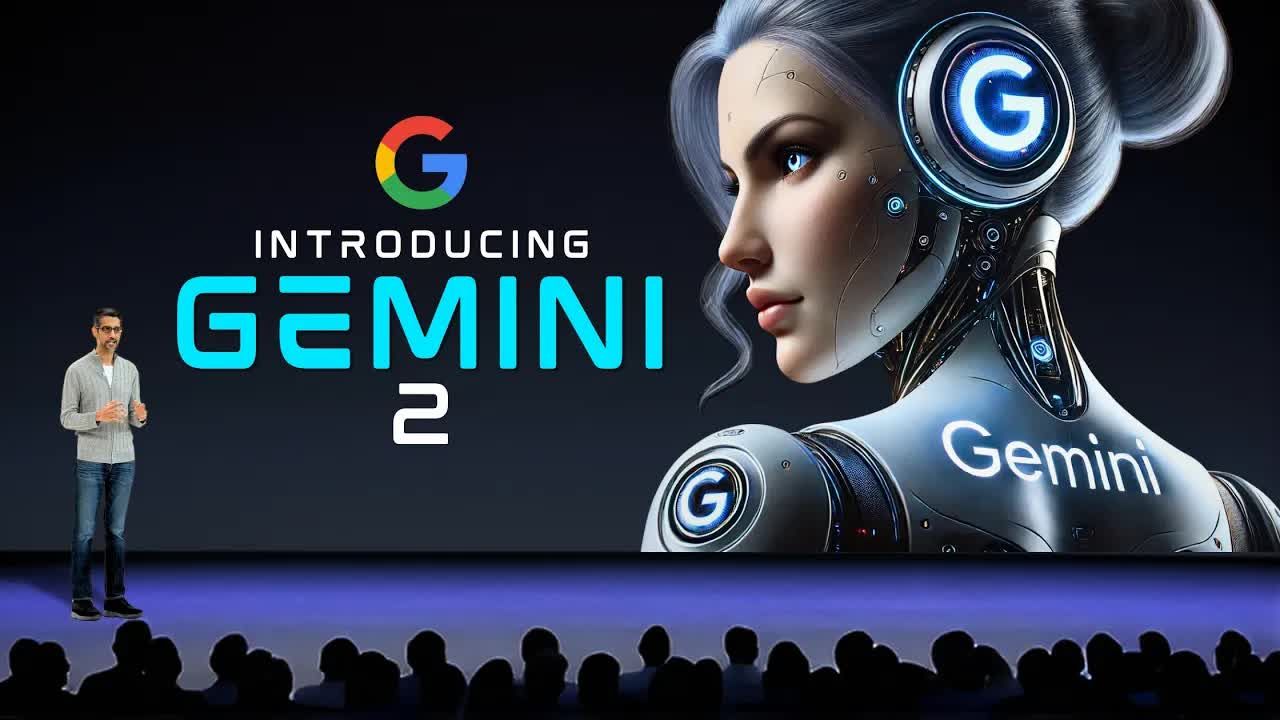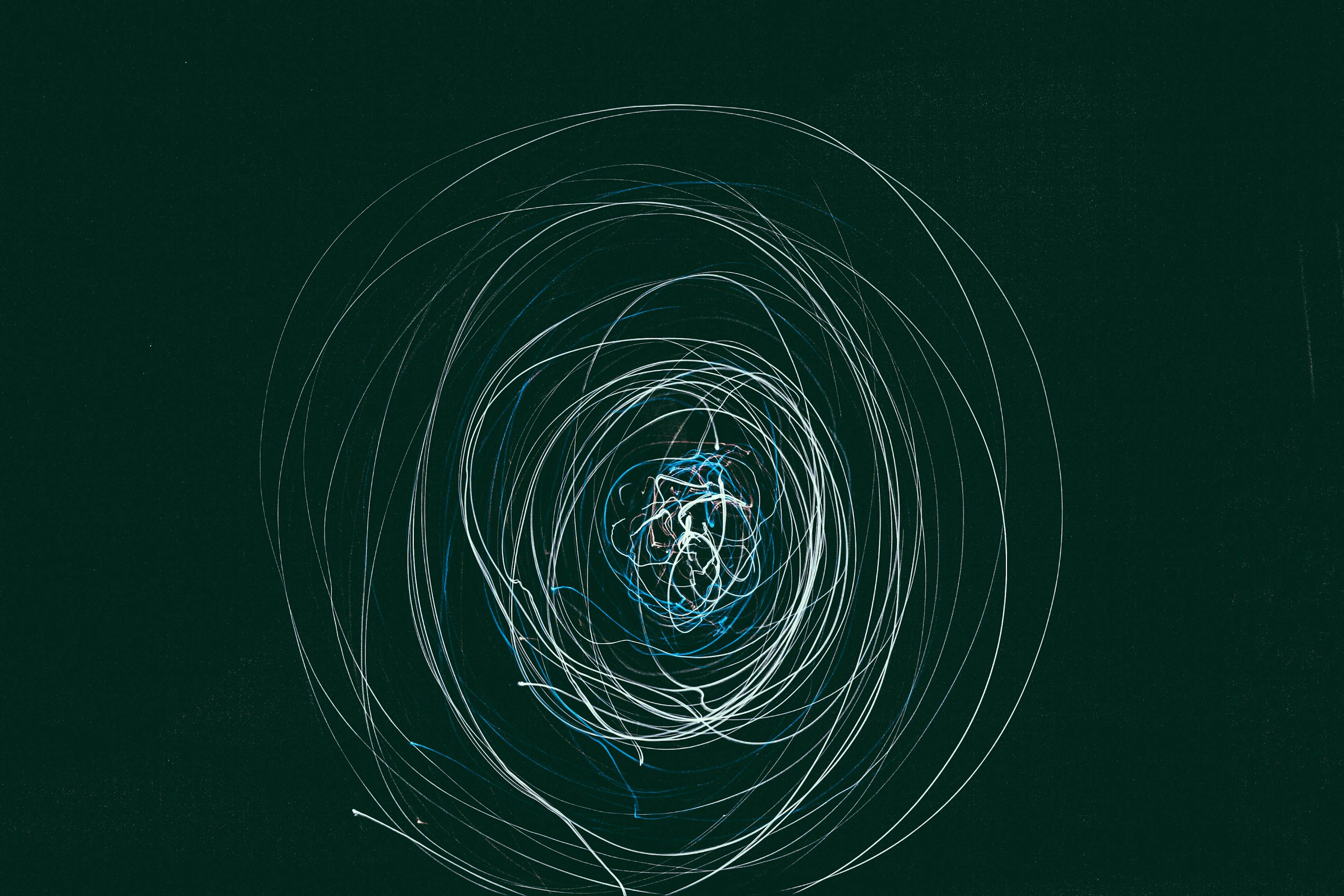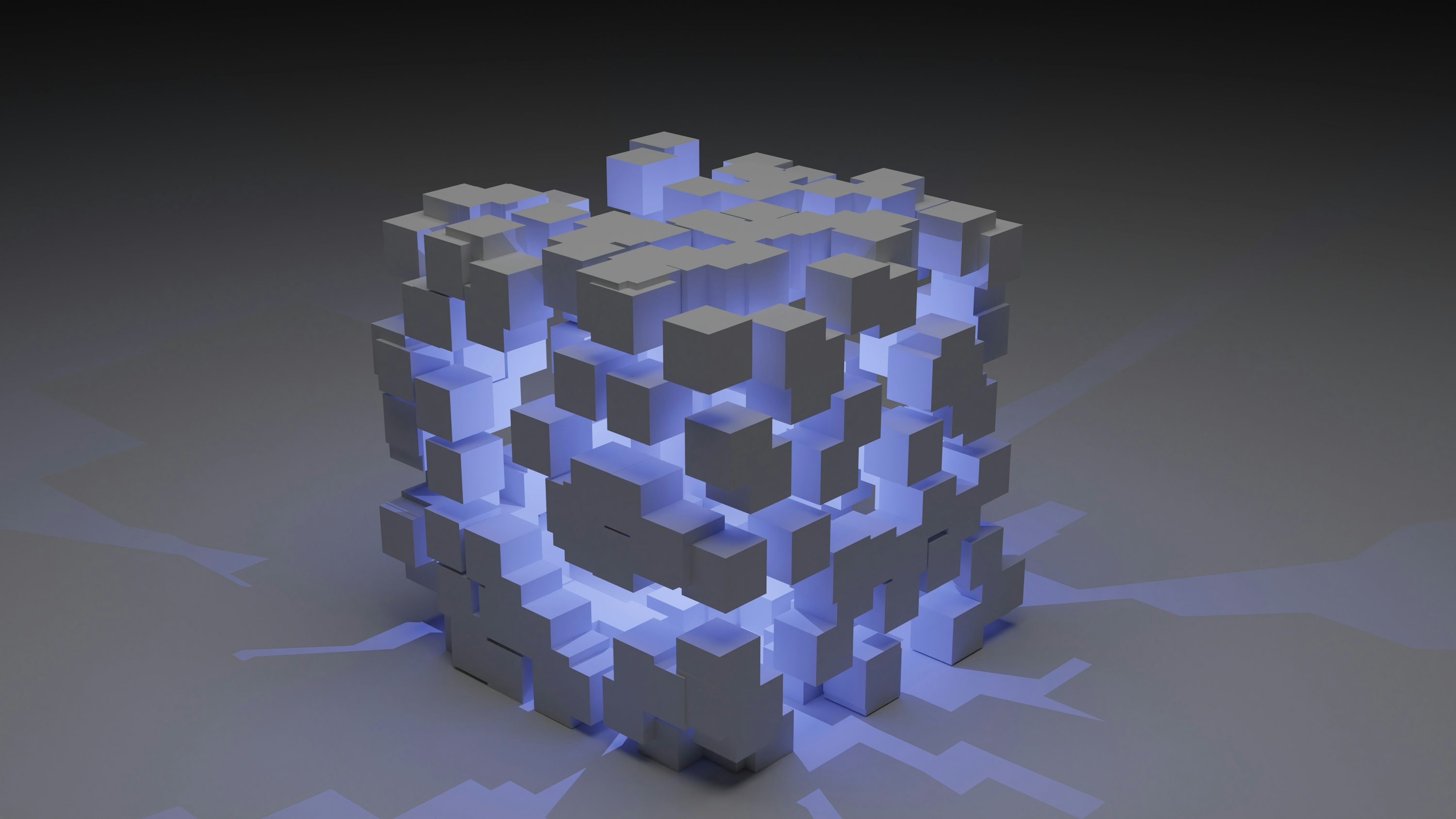Invisible Eraser: Google Gemini 2.0 Flash's Watermark Removal Capabilities Raise Copyright Concerns
If you painstakingly create a piece of artwork and, to protect it from being misused, place a distinctive mark on it— just like a painter signing their name in the comer of their masterpiece you might think your work is safe. But imagine an invisible "eraser" quietly wiping away your signature, turning your work into an ownerless creation, free for anyone to claim as their own. What sounds like a magical ability has now emerged in the world of artificial intelligence Google Gemini 2.0 Flash's new image generation features have unintentionally turned Al into the ultimate "invisible eraser""

Recently, social media users have demonstrated how easily they can use Gemini 2.0 Flash to remove watermarks from images, with some even dubbing it an "automatic piracy tool" Digital watermarks are meant to be the last line of defence for creators, much like security tags in retail stores that prevent theft. Only those who rightfully purchase a product should gain access to the high-quality, unmarked version.
However, Gemini 2.0 Flash acts like a "master key," silently dismantling this layer of protection. While Al-powered watermark removal tools have existed before, they have generally been seen as operating in an ethically grey area. The fact that a Google-backed Al model now possesses similar capabilities raises serious concerns.
What makes Gemini 2.0 Flash so powerful is that it sanet only generate entirely new Al images but also modify existing ones. It's like having a master photo editor that can create and alter images at will. What's more alarming is that its watermark removal ability does not seem to be an intentional feature, but rather an unexpected consequence of inadequate safeguards. It's as if a tool originally designed to restore old photographs has inadvertently become a means for forging documents.
Previously, Google's Al image generation system, Imagen 3, was programmed not to actively remove watermarks, ensuring that creators' rights remained protected.

However, Gemini 2.0 Flash appears to have bypassed this safeguard, introducing a new vulnerability. The image generation feature of Gemini 2.0 Flash is not publicly available to general users; instead, it resides within Google's AI Studio a specialized platform designed for developers. Anyone with a Google account can register and experiment with this Al laboratory. In this environment, Gemini 2.0 Flash's image-processing capabilities become more flexible, enabling it to perform "unexpected" operations, such as watermark removal. One tester uploaded a watermarked image, and Gemini effortlessly erased the watermark. Though the resulting image quality was slightly degraded, the original watermark had vanished without a trace, replaced by tiny AI-generated markings. It's as if an exceptionally skilled "artist" had subtly altered a painting, making it nearly impossible to distinguish the original from the modified version.
Now, Gemini 2.0 Flash's watermark removal capability has essentially opened a "magic pocket," making it easier than ever for artworks to be altered or even stolen. If left unchecked, copyright protection could soon descend into chaos. Imagine a world where paintings, photographs, and even commercial posters can all be effortlessly modified by Al— how would creators prove their original work? Even more concerning is that this issue extends beyond just erasing watermarks. Reports suggest that Al Studio can also insert celebrities into images. While Gemini sometimes rejects such requests during testing, its ability to both "erase" and "fill in" details is already enough to make people question the authenticity of images. In other words, we are stepping into an era where reality itself becomes increasingly difficult to discern era in which Al can reshape the world at will.

Ultimately, a powerful tool has the potential to create miracles, but it can also cause disorder. We must ensure that Al's "eraser" does not become a blade that undermines the creative world, but rather a bridge that allows technology and artistry to coexist harmoniously.
(Writer:Lorik)




